🧑🔧 The Need
How to build trust among the students and the landlords when they could meet only remotely
I joined Etttak team to do a research project as part of my Master programme. The team had 2 co-founders at the time.
🥅 Goals
🤠 Outcomes

🔬 Arriving at the Research Question
What is the impact of innovative interaction techniques like VR 360° video on trustworthiness among tenants and landlords leading to the intention to rent a home?
As this was a research study, I started with formulating a hypothesis. Swedish study portal estimates it is very difficult to get accommodation in Stockholm for students. Etttak came up with a platform to connect senior landlords with spare space (55+) and students.

👨🏽🏫 Theoretical Foundations - Via literature study
The trust model identifies trust in two dimenstions - Technology and Interpersonal. The model was adapted from relevant literature study.
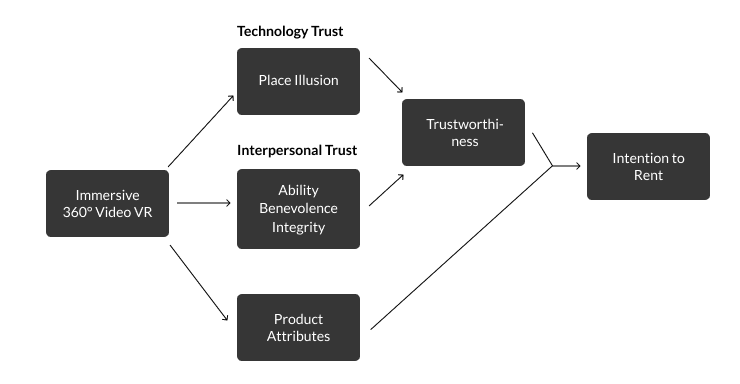

📜 User Research and Choice of Methods
Why User Interviews?
User interviews seemed to be correct choice for this project as I needed in-depth insights with open ended questions.
I did 5 interviews. I used Thematic Analysis to create 3 coded categories for the insights. This method identifies the recurring points in the data and also the priority of importance for the user.
Check the Full interviews guide and transcripts.
Thematic coding of data below:
Expectations from the home: Pictures, location, comfort, amenities and price
Expectations from the landlord: Relationship, rules, manners, clear communication, interests
Improvements in current practices: More pictures, transparency, local language support

👨👩👧👦 Customer Journey Map
The journey map details what steps a student may take and expects from Etttak while searching for an accommodation.


✨ Unity Prototyping - Why and How?
Since our idea was to explore the 360 video VR and needs of the students fit for a remote solution, 360° videos could give an immersive feeling of the house and the landlord can talk about their expectations from the student.
I tried A-Frame (a Javascript framework for WebVR) initially but I felt easier to go directly with UNITY prototyping since I found that it is not very difficult to learn.
I had taken a 360° video footage of a landlord who agreed to participate in our prototype testing.



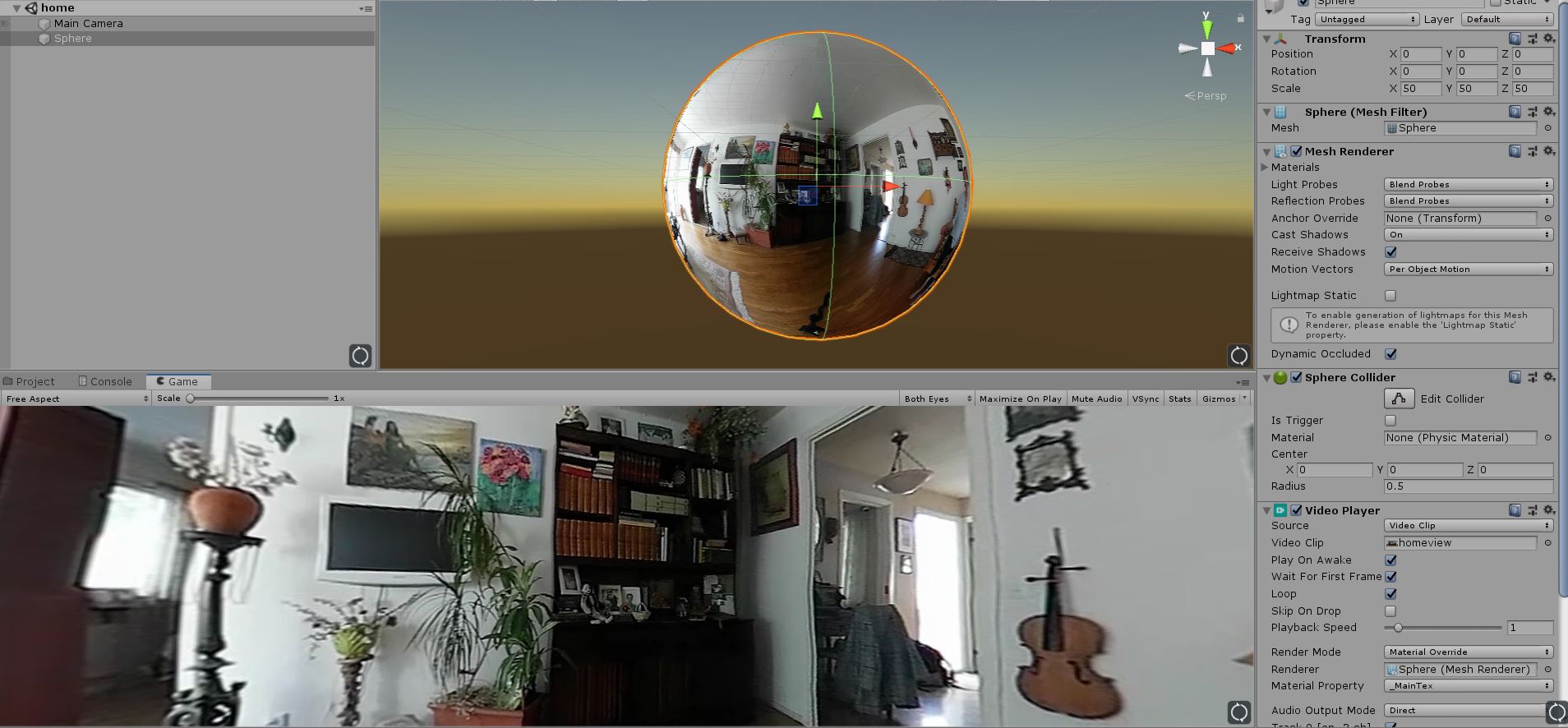
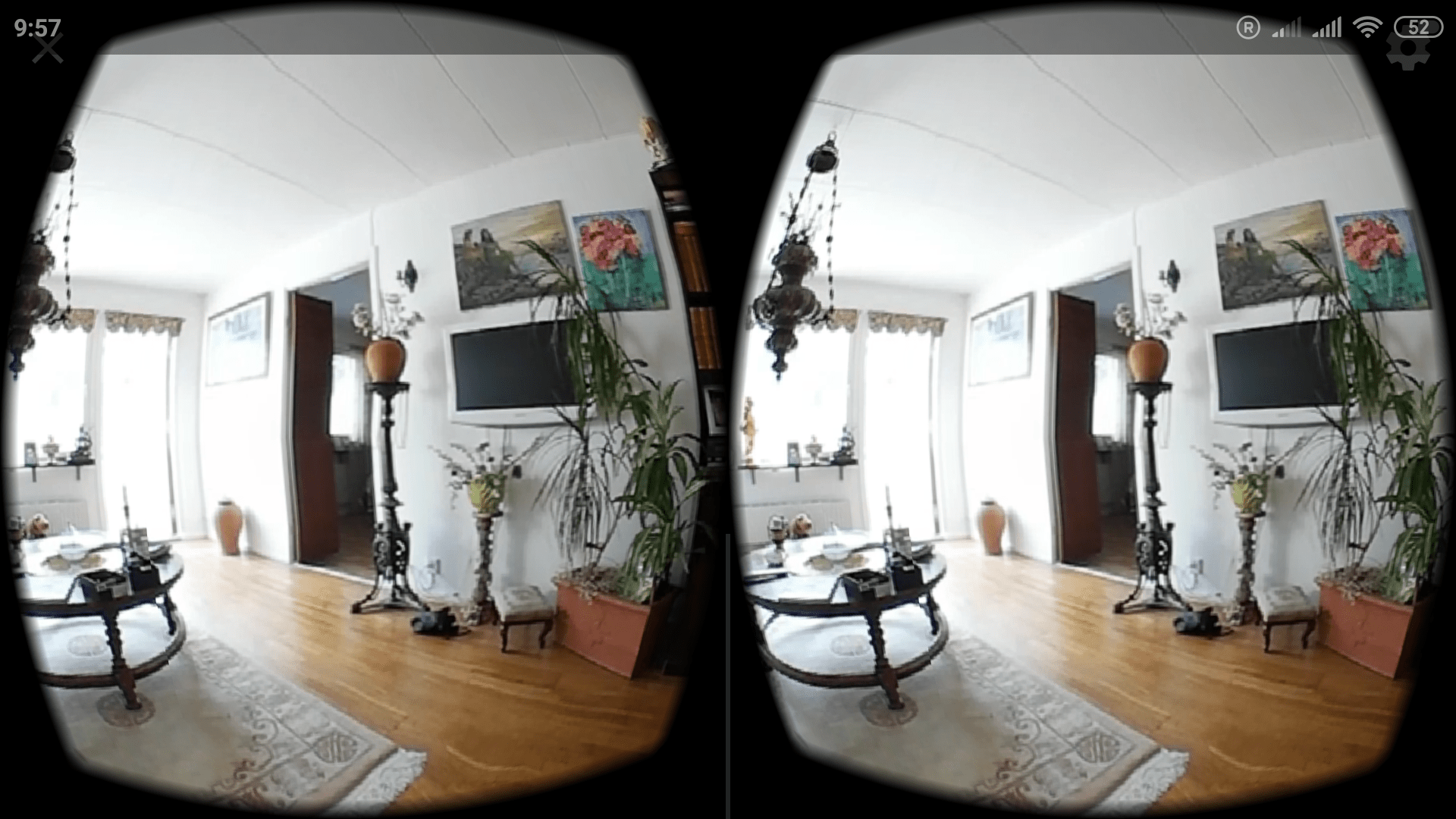

🧁 Results
Why a usability study for this project?
The time frame for the research project was approximately 4 months. So, I could get limited number of participants. Quantitative methods like "Exploratory Factor Analysis" require above 50 participants. So, qualitative focused usability study seemed a good choice.
A total of 6 participants were tested. I conducted both a survey and post study interviews.
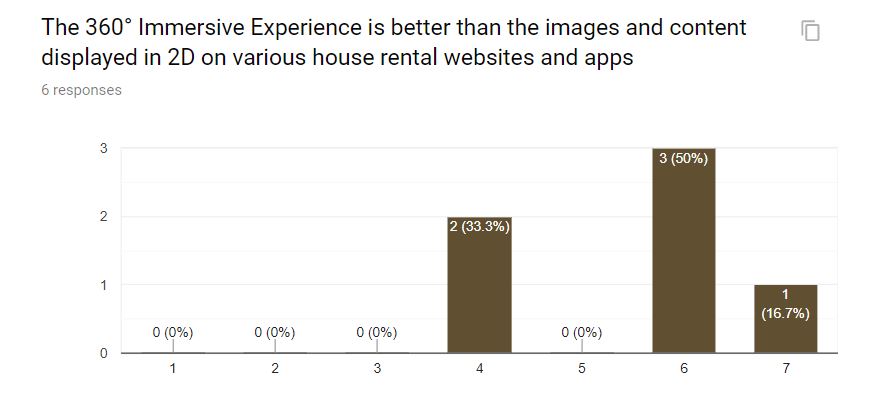
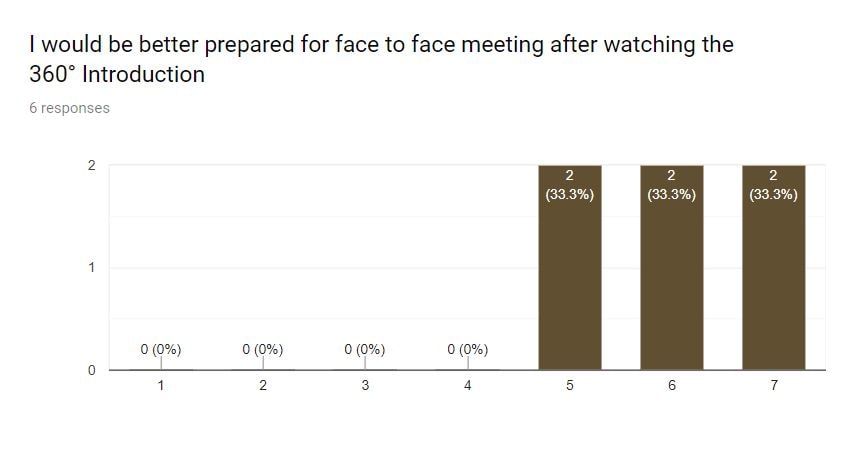
Post study interviews were transcribed and thematically analysed leading to five points of concerns.
Students felt very immersive as if they were in the house
4 students enjoyed the 360° experience
2 students pointed out that video could be of better quality (the camera used was quite basic)
2 students felt dizziness and did not want to continue
Intentions varied - 1 student was ready to use it. Others would wait for VR to become mainstream

🔮 Reflections and Future Work
There were less Early Adopters. Intention to rent by just seeing the 360° video alone is low unless VR is mainstream. Possible use of the 360° VR as a supplement to face to face meetings
360° video is strongly favored for immersion factor. It was considered better than 2D pictures and text on the web
Students wanted a full tour of the house including kitchen and bathroom
Focus on trust from student's perpective. Future work needs to focus on landlord's perspective